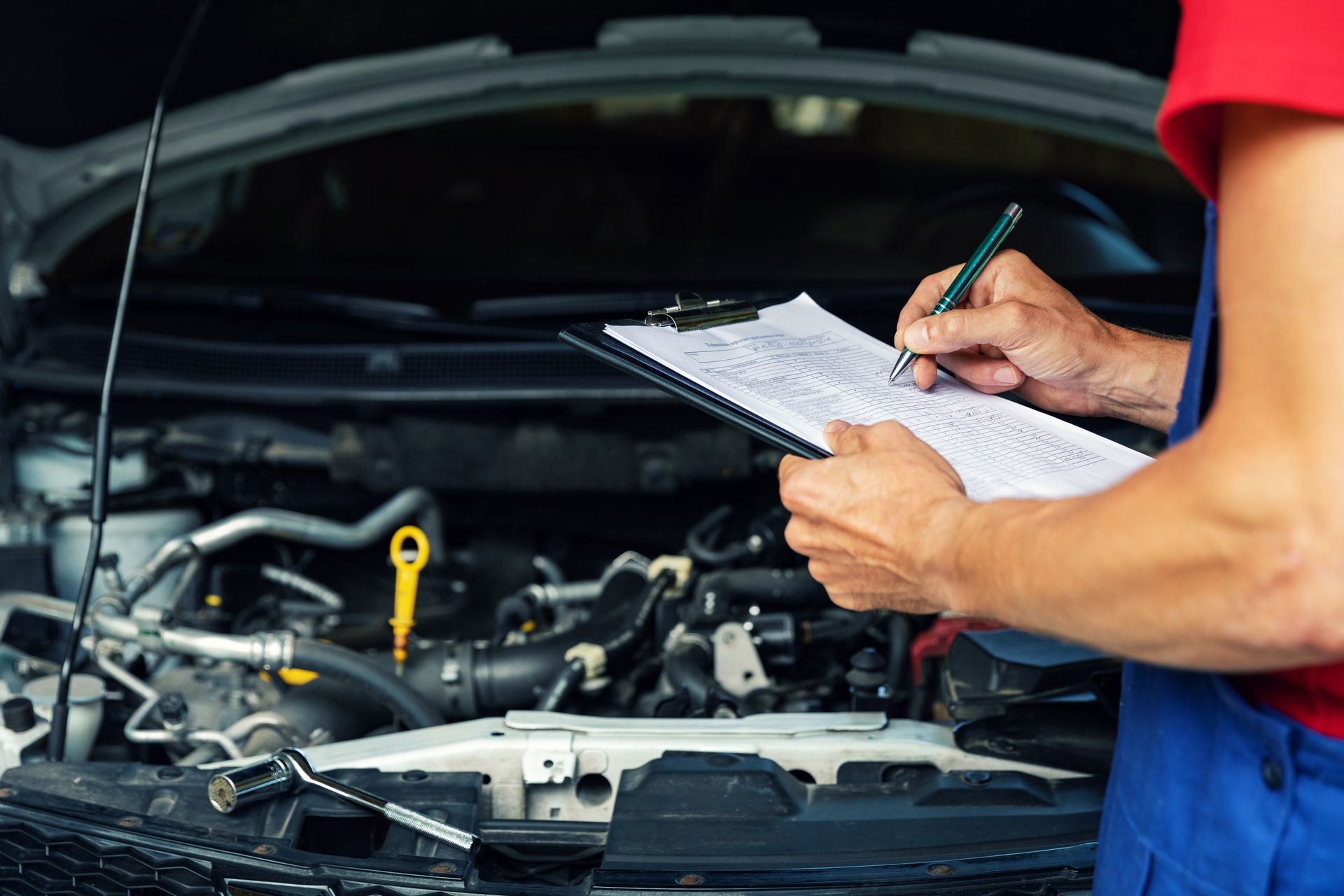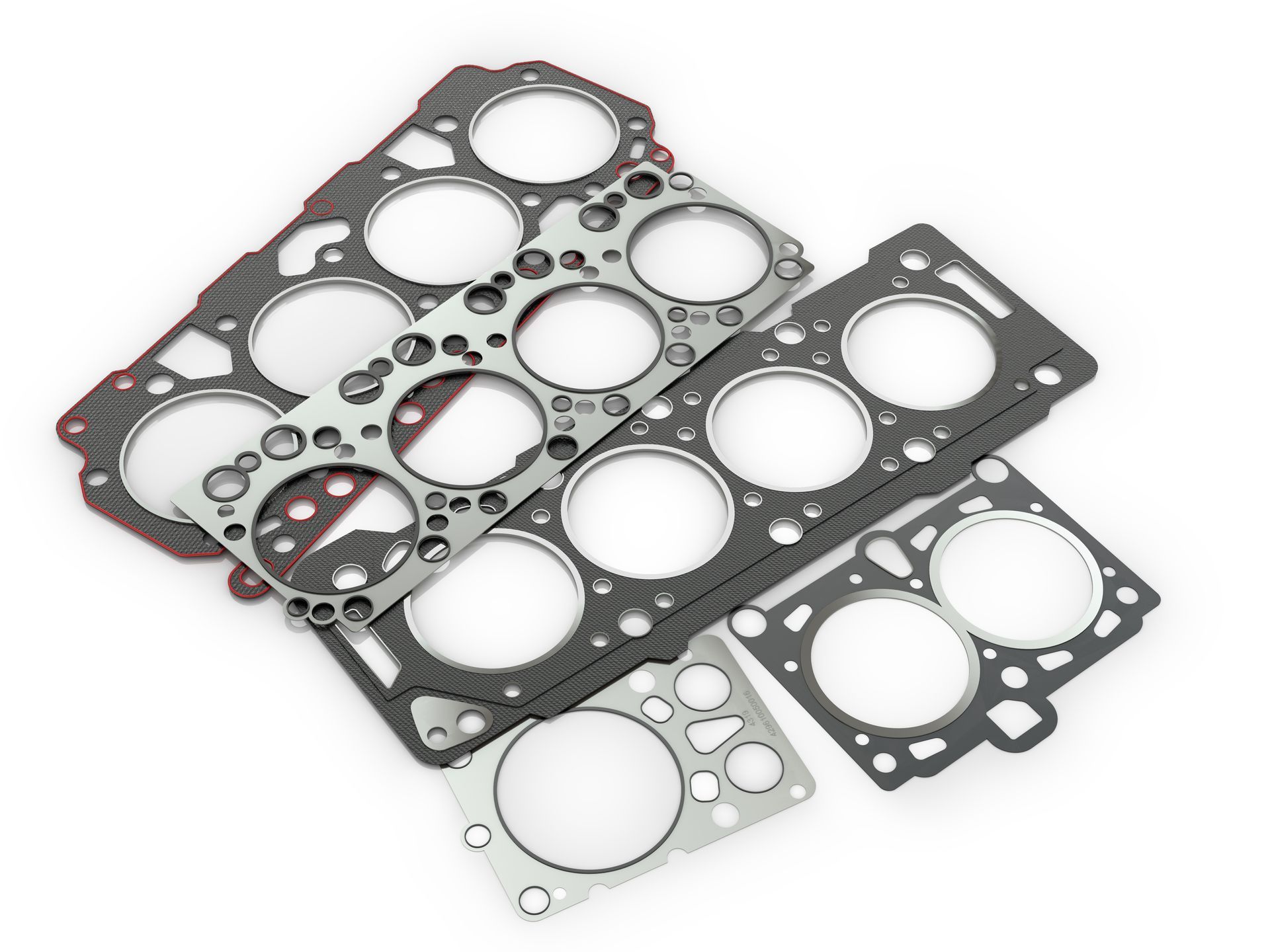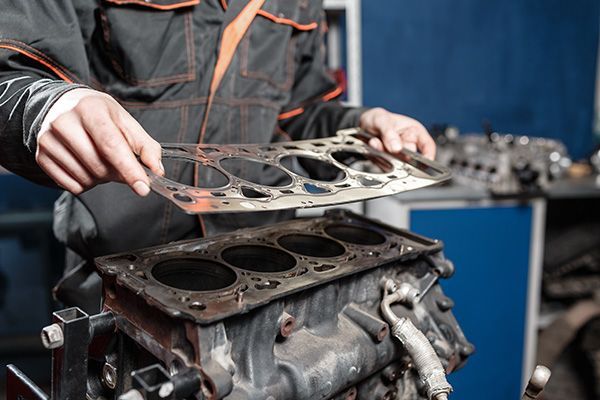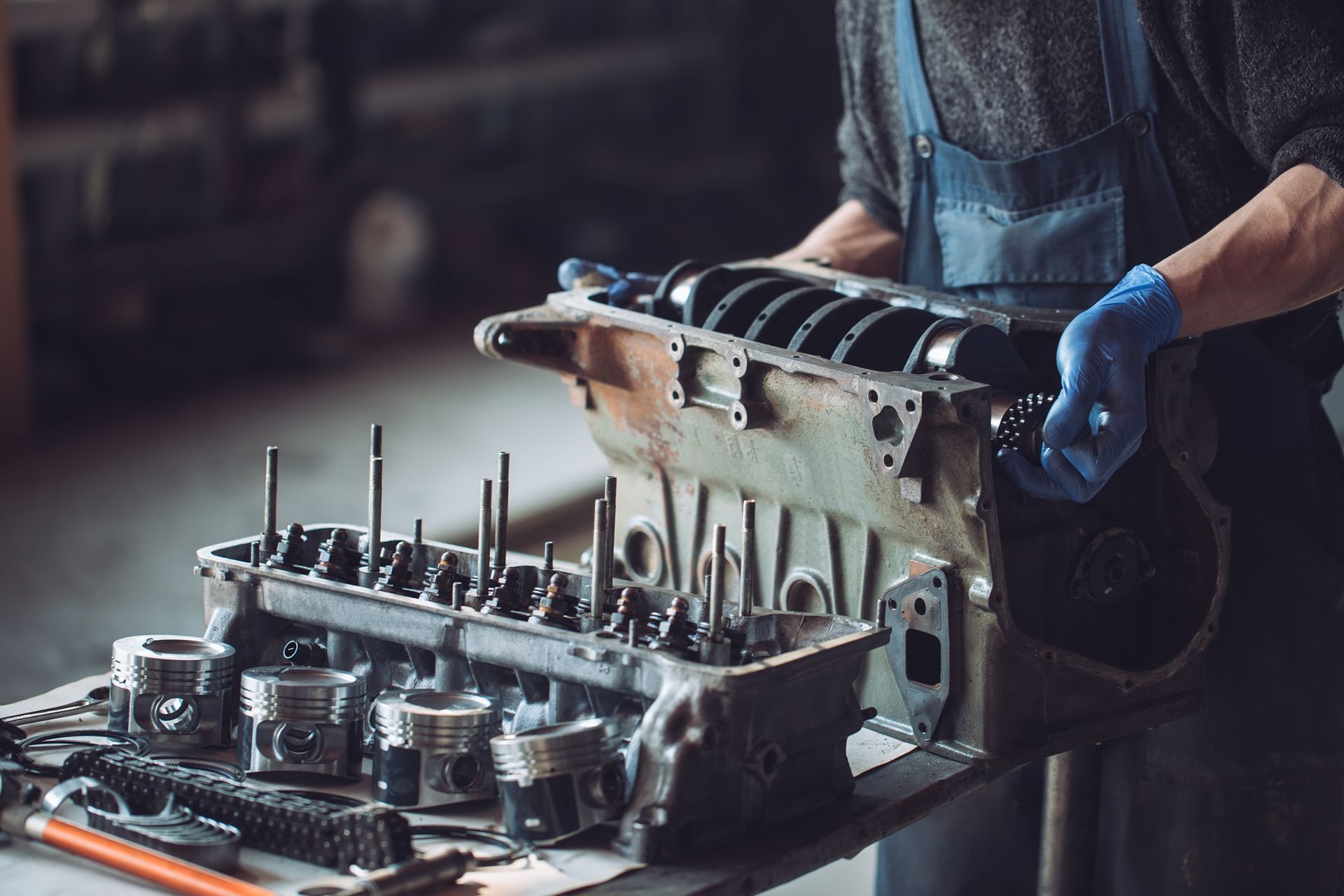Restoring a classic car engine is a rewarding but complex process that requires skill, patience, and a deep understanding of vintage engineering. Unlike modern cars, classic vehicles often have aging components, discontinued parts, and unique mechanical quirks that make engine restoration more challenging than a standard repair.
For classic car enthusiasts, bringing an old engine back to life is more than just getting it to run—it’s about preserving history and craftsmanship while ensuring the car remains reliable and drivable for years to come. However, the process is not always straightforward, and there are several obstacles restorers may face along the way.
1. Finding Original or Compatible Replacement Parts
One of the most difficult aspects of restoring a classic car engine is sourcing the right parts. Many original engine components are no longer in production, and finding authentic replacements can take weeks or even months of searching.
Some parts may be available through specialty suppliers, classic car junkyards, or online auctions, but others require custom fabrication. Restorers often have to decide whether to rebuild an original part, use a reproduction, or modify a modern component to fit.
2. Dealing with Rust and Corrosion
Time is not kind to metal, and many classic car engines suffer from rust, corrosion, and pitted surfaces. Decades of exposure to moisture, road salt, and poor storage conditions can leave engine blocks, cylinder heads, and internal components covered in rust.
Removing corrosion is often a time-consuming process that requires:
- Chemical treatments to dissolve rust.
- Media blasting or ultrasonic cleaning for stubborn buildup.
- Re-machining or replacing parts if the damage is severe.
- Restorers must carefully assess whether an engine can be saved or if replacing key components is the better option.
3. Outdated Technology and Engineering
Classic car engines were designed long before modern advancements in fuel injection, ignition timing, and computer controls. Because of this, they require manual tuning and adjustments that most modern mechanics aren’t trained to handle.
Restorers often face challenges like:
- Carburetor tuning and rebuilding, which requires precise adjustments.
- Mechanical fuel pumps operate differently from today’s electric fuel systems.
- Point-based ignition systems must be manually adjusted and maintained.
- Without specialized knowledge, bringing an old engine back to life can be frustrating and time-consuming.
4. Engine Rebuilding
Restoring a classic car engine isn’t always about making it look brand new—sometimes, it’s about balancing originality and functionality. Restorers must decide whether to:
- Rebuild the engine with factory-spec parts, keeping it as close to original as possible.
- Upgrade certain components (like hardened valve seats for unleaded fuel or a modern ignition system for reliability).
- Swap in a more modern engine for better performance while retaining the car’s classic look.
- Each choice affects the value, authenticity, and driving experience of the car.
5. Ensuring Reliability for Regular Driving
Many classic cars were built for a different era of driving. Engines that ran fine in the 1960s may struggle with modern fuels, road conditions, and daily driving demands.
Restorers must take extra steps to improve durability and reliability, including:
- Upgrading to better gaskets and seals to prevent leaks.
- Installing a modern cooling system to prevent overheating.
- Using high-quality lubricants and fuels to reduce wear.
Without these updates, even a fully rebuilt engine may not perform well under modern conditions.
Restore Your Classic Car Engine with Wagamon Brothers
Classic car engine restoration is a mix of art, science, and dedication. Whether you’re bringing a vintage muscle car back to life or working on a rare European classic, having the right expertise and resources is essential. If you’re restoring a classic car and need engine work, diagnostics, or expert advice, professional help can make the process smoother and ensure lasting results.
Bringing a classic car back to life? Let
Wagamon Brothers handle the engine restoration with expert care and precision.




